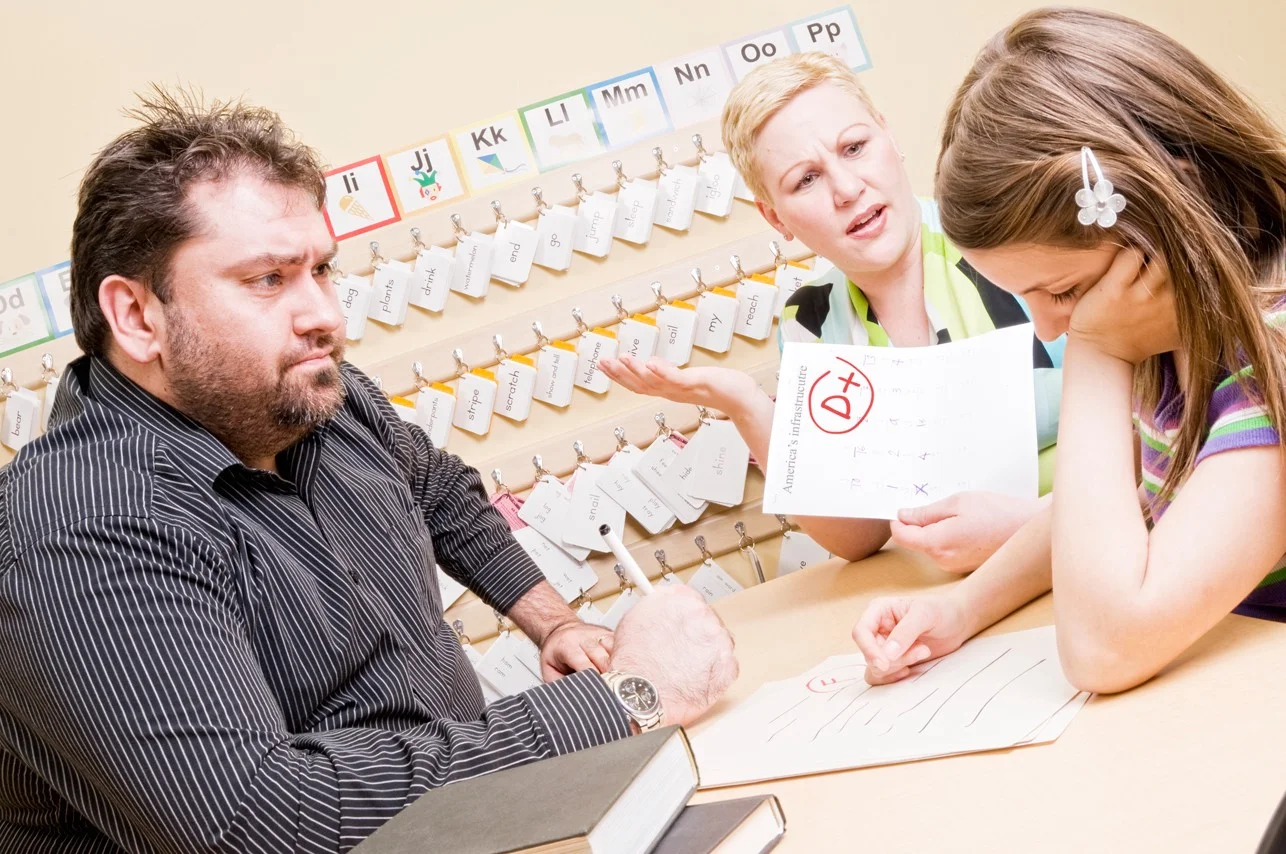The PAUSE button has worked for many ADHD children, including Lucy. It is such a powerful tool that I couldn’t help sharing it with you on my blog today. PAUSE encourages children to STOP irregular behavior and access the prefrontal cortex, allowing them to utilize their logical thought processes before acting.
Managing My Reactions as a Parent
Raising the Consistently Inconsistent Kid
One way you can identify your child’s lagging skills is by asking yourself the following question: “What is getting in the way of my child’s success?” Start by trying to figure out what the overall reasons are for your child’s inconsistency. Some kids freak out about timed events or tests. Some can’t handle peer pressure. Some don’t understand social boundaries. Some don’t know what to do when they make a mistake, and they fall apart and blow the rest of the race, recital, test, etc.
How to Motivate Kids Academically with WIFM (What’s in it for Them)
If you have a unique child who is unmotivated academically, consider using the WIFM strategy. Try to figure out what motivates your child. Your child’s motivator doesn’t have to be something that you think is an “acceptable” motivator. What comes up in my sessions all the time is that kids are motivated; they just aren’t motivated by what their parents want them to motivated by.
Everyone is Working on Something
If you are the parent of one of these unique kids, the negativity is probably starting to get to you. These criticisms may be making you feel stressed, frustrated, or even ashamed by your child’s behavior. Even though, deep down, you understand that change and growth takes time, you wish you could do something that would make your child “fit in” now so you didn’t have to watch your child struggle with the pain of being different.
We May Have Eliminated “Last Picked” But Not “Picked On”
Kids are still going to be picked on at school and we should not underestimate the power of that dread. As we are well into the school year, many kids are falling victim to the class bully. Others may be suffering from being left out of the “in” crowd, silently scolded for being different simply by the fact that they are on the periphery and are not welcomed into a group.
The White Noise Experience: An Answer to Getting Work Done
I had seen this phenomenon work for some of my other ADHD clients as well. White noise helped them focus when nothing else worked. When I was prepping to talk about this subject on Attention Talk Radio, my co-host, Jeff Copper, said, “Oh yeah. That works for me too. I call it the white noise experience.” Now, I use Copper’s term to describe this tool I have used with my kids consistently over the last decade.
A Castle with Walls Too Thick to Penetrate
Avoidance is a sign. Not a sign that the child does not care. Or a sign that he lacks motivation, is resistant, or is just uninterested in having friends, but a sign that he does not know how to break down the barriers so he can participate, or “join in”. Without a roadmap or help with his social plan, children and teenagers often shut down.
Birthday Parties, the Cafeteria, and Other Social Obstacles
Your Child Isn’t Defiant — His Skills Are Lagging
“If he could, he would.” Children with ADHD don’t always act rudely or awkwardly on purpose — sometimes, they simply lack the executive function skills to keep up with confusing social norms and fast-paced conversations. Here’s how parents can reframe these social challenges and better bolster weak skills.











